LoRa
LoRa is an acronym for Long Range, and it is a wireless technology where a low powered sender transmits small data packages (0.3 kbps to 5.5 kbps) to a receiver over a long distance.
LoRa is a physical proprietary radio communication technique. It is based on spread spectrum modulation techniques derived from chirp spread spectrum technology.
End node
- A LoRa end node consists of 2 parts:
- A radio module with antenna.
- A microprocessor to process, for example the sensor data.
- End nodes are often battery powered.
- A LoRa device (end node) has a wireless transceiver.
- If this device also has sensors, this device acts as a remote sensor. Such a device is called a mote, short for remote.
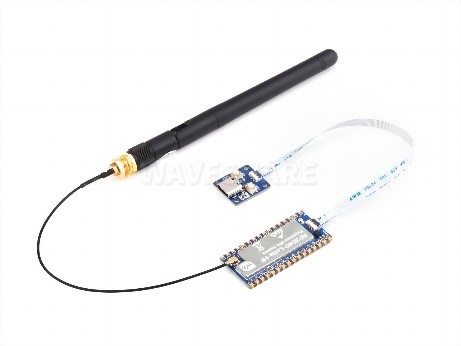
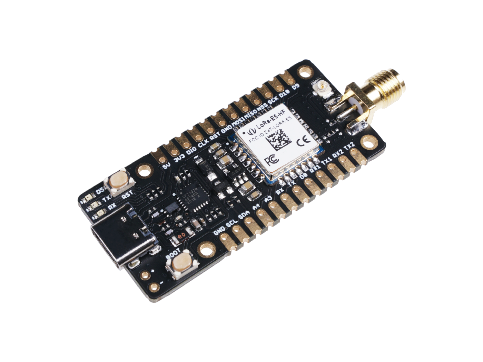
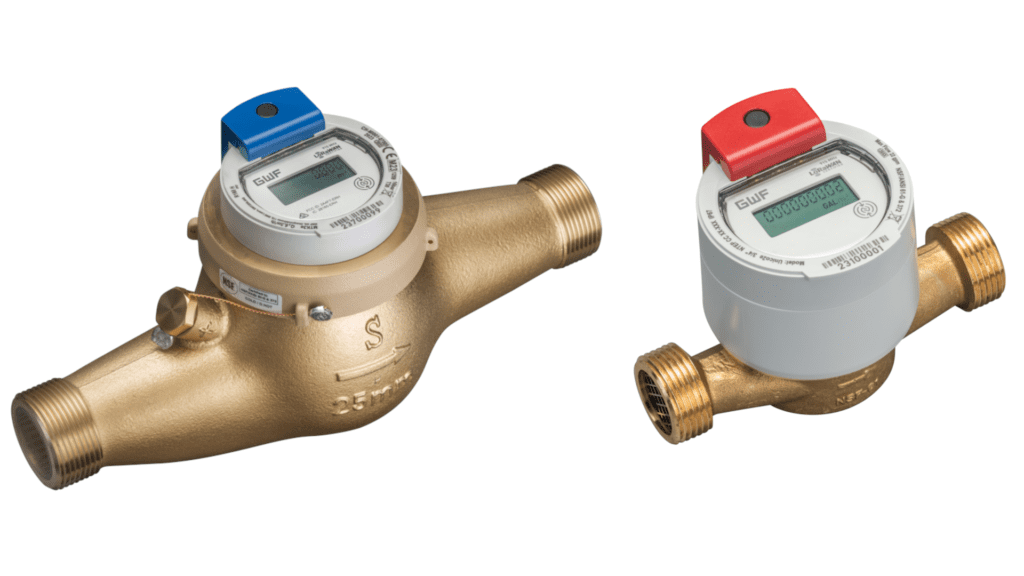
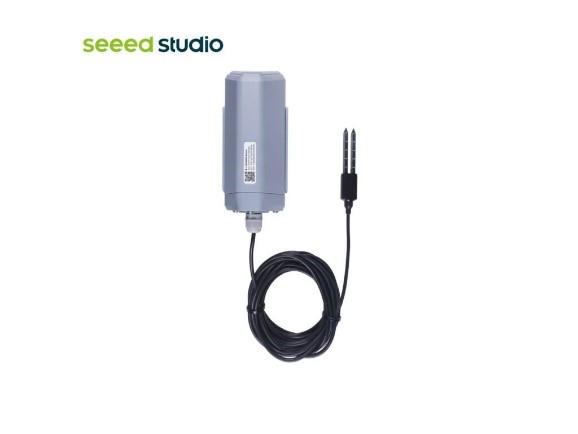
LoRa Gateway
- A LoRa gateway consists of two parts:
- A radio module with antenna.
- A microprocessor to process the data.
- Gateways are mains powered and connected to the Internet.
- Multiple gateways can receive data from the same end node.
- The gateways can listen to multiple frequencies simultaneously, in every spreading factor at each frequency.
- A gateway can handle hundreds of devices at the same time according to application.
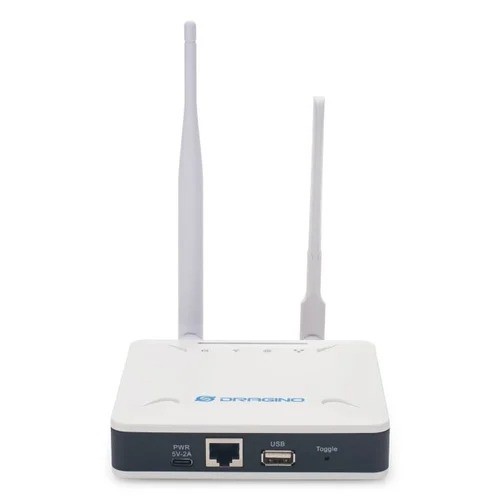
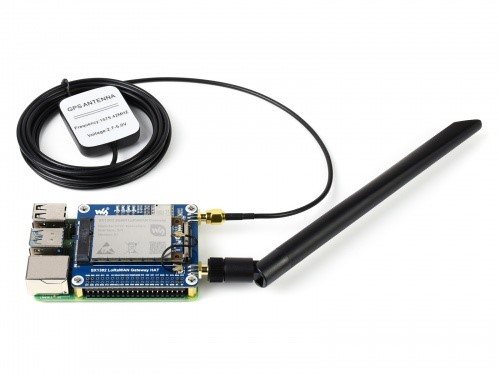
LoRaWAN Network
- LoRaWAN network architecture is deployed in a star topology.
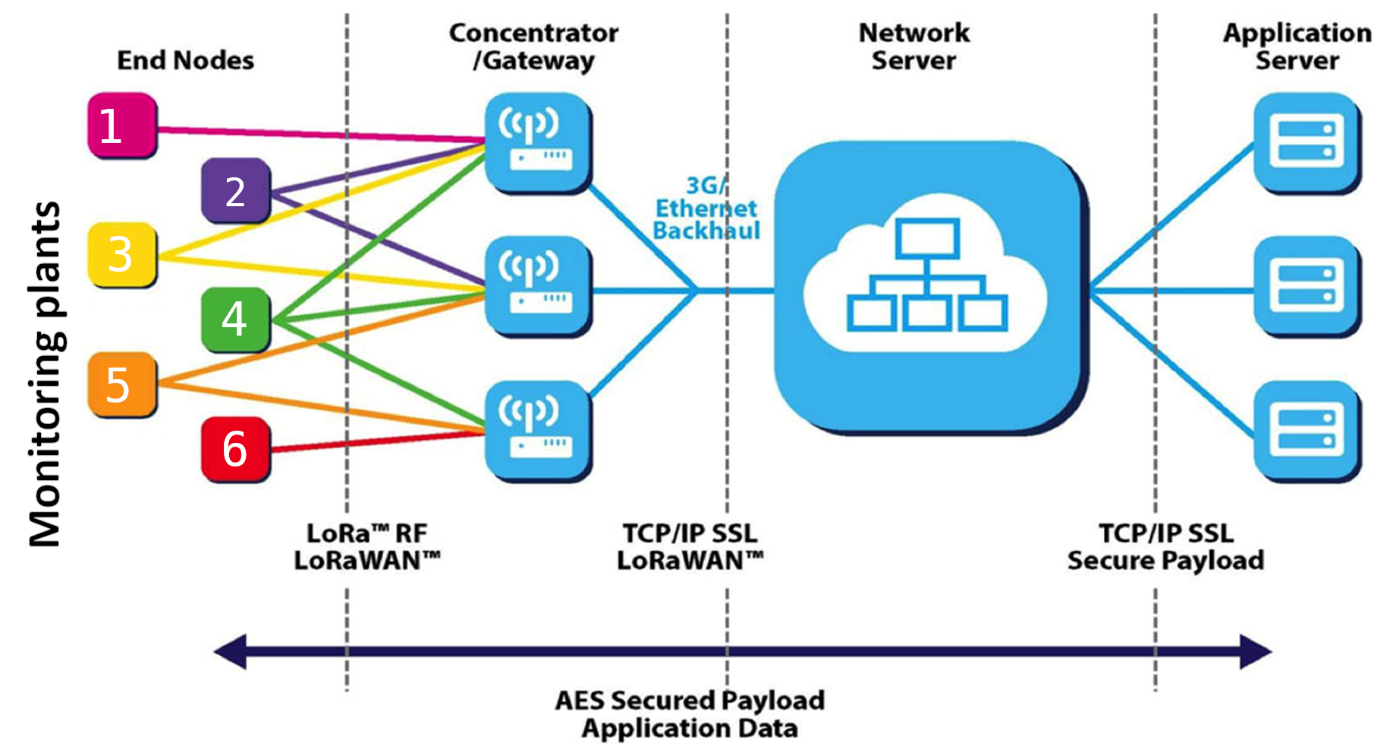
- The communication between the end node and gateway is bidirectional which means the end node can send data to the gateway, but it can also receive data from the gateway.
- When an end node transmits data to the gateway it is called an uplink.
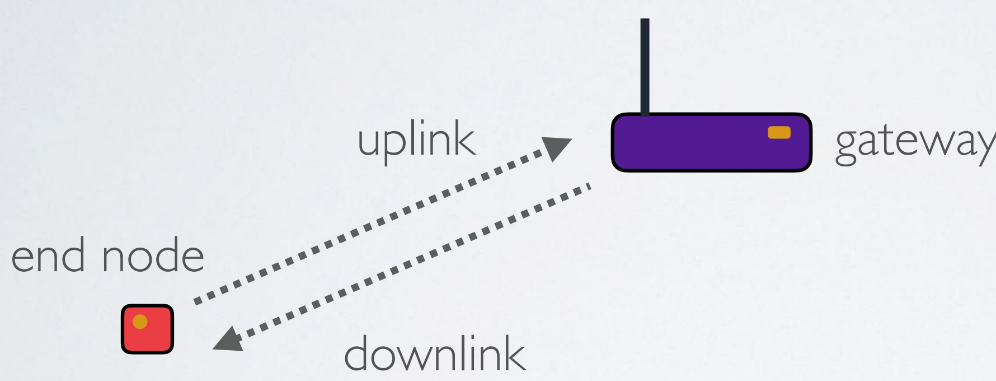
- When the gateway transmits data to the end node it is called a downlink.
How it works
- An end node broadcasts its data to every gateway in its vicinity.
- The gateways forward this packet to the network server.
- The network server collects the messages from all gateways and filters out the duplicate data and determines the gateway that has the best reception.
- The network server forwards the packet to the correct application server where the end user can process the sensor data.
- Optionally the application server can send a response back to the end node.
- When a response is sent, the network server receives the response and determines which gateway to use to broadcast the response back to the end node
Note: The LoRaWAN protocol does not support direct communication between end nodes. If you want direct communication between LoRa devices without the use of gateways, use the RadioHead Packet Radio library for embedded microprocessors or Meshtastic . These provide a complete object-oriented library for sending and receiving packet sized messages via a variety of radios such as LoRa on a range of embedded microprocessors:
RadioHead: RadioHead Packet Radio library for embedded microprocessors (airspayce.com)
LoRa Protocol Stack
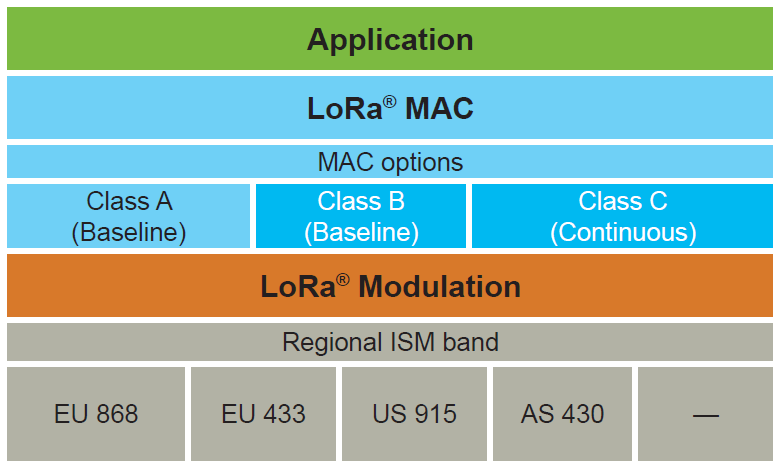 Lora Alliance
Lora Alliance
- The LoRaWAN protocols are defined by the LoRa Alliance.
- It is a non-profit organization of more than 500 member companies, committed to enabling large scale deployment of LPWAN IoT through the development and promotion of the LoRaWAN open standard.
- More information about the LoRa Alliance:
- LoRa Alliance – Homepage – LoRa Alliance® (lora-alliance.org)